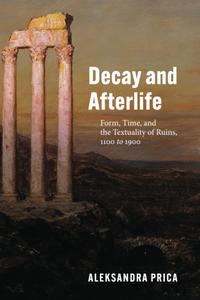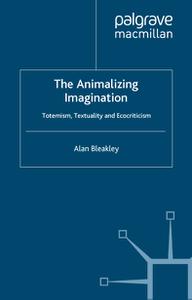- Книги
- 3-03-2023, 04:12
- 72
- 0
- voska89

Free Download Decay and Afterlife: Form, Time, and the Textuality of Ruins, 1100 to 1900 by Aleksandra Prica
English | April 25, 2022 | ISBN: 022681131X, 022681159X | True EPUB | 304 pages | 1.8 MB
Covering 800 years of intellectual and literary history, Prica considers the textual forms of ruins.
Полная новость
- Книги
- 11-02-2023, 12:36
- 121
- 0
- voska89

A. Bleakley, "The Animalizing Imagination: Totemism, Textuality and Ecocriticism"
English | 2017 | ISBN: 1349415294 | PDF | pages: 190 | 2.2 mb
From Palaeolithic cave paintings to post-modern cyber-pets, animals appear in guises other than 'natural', or biological, beasts. While this spectrum of animal presences is not limited to the immediacy of literal, flesh-and-blood presentation, it may feed off the death of the literal, or spring like ghosts or spirits from the abandoned carcases. For animals also stalk our dreams, slither into our fantasies, haunt our mentalities, and frame our metaphors. We might dream of a snake biting us; use the animal as a linguistic trope, or figure of speech, such as a snaking queue; or thrill at the hyper-real snakes represented on our television screens from locations we will never visit. Such animals are photographed in vivid close-up, beyond the capacity of the human eye. Shots of the animal in the wild are spliced with 'studio' shots of 'stand-in' animals in zoos, so that the viewer has a seamless experience, believing all the footage to be 'wild', where the televisual animal actually becomes a simulacrum. We wonder at these beastly presences as we are anaesthetized to their worldly value, for we cannot smell, taste or touch their images. And their sounds are also simulations. They are recreated for TV-audience consumption, yet they remain extraordinarily 'other'.
Полная новость
